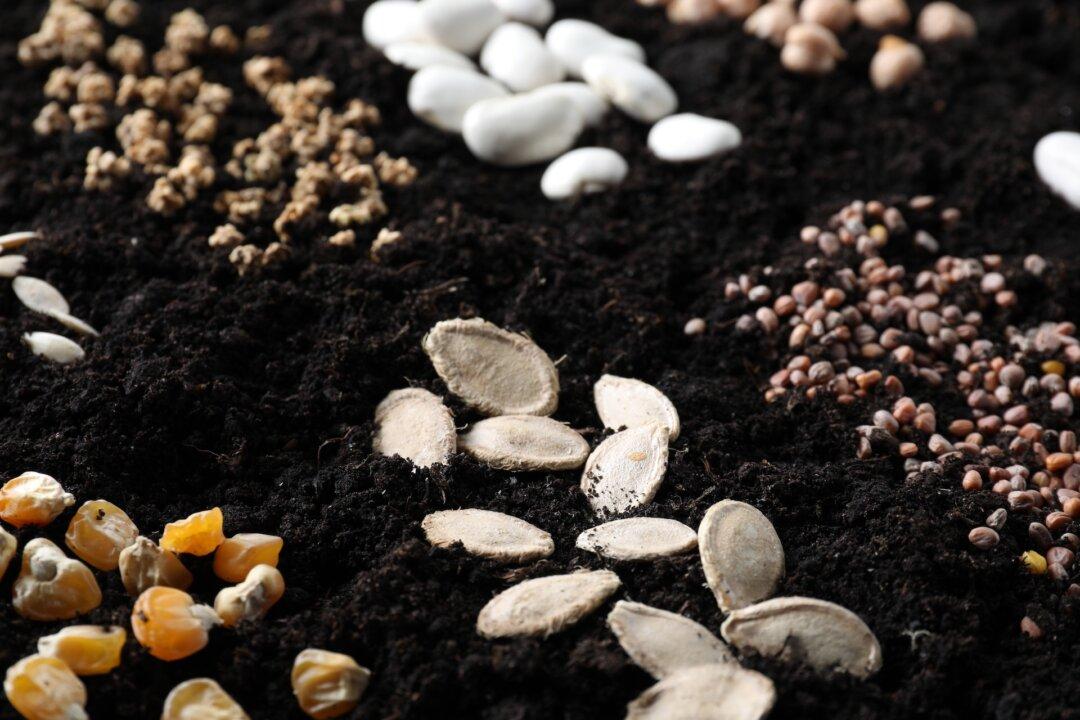The main reason for grafting tomatoes and other vegetables is to get around a deficiency in the upper half or lower half of the plant. The root system contributes vigor and disease resistance while the top half is chosen for fruit flavor and quality. Some varieties of vegetables grow strong root systems but don’t produce good-quality fruit. Many tomato varieties don’t produce large root systems or are not resistant to soil-borne disease organisms.
The strong root system can supply more water and nutrients, which increases overall plant health and fruit production. Some root systems are resistant to soil pH problems, root-infesting nematodes, cold soil, and diseases. They can grow in soil that otherwise wouldn’t be able to grow that kind of plant.
A couple of years ago, Harris Seeds supplied my church’s pantry garden with grafted and nongrafted Brandywine, Cherokee Purple, and San Marzano tomato varieties. They were grown in side-by-side rows and supplied the same water and nutrients from an automated watering system. The grafted tomatoes grew bigger and faster and bore far more tomatoes than the nongrafted plants.
Several times, I harvested more than 50 of the large Roma-style San Marzano tomatoes from the same plant. Neither of the Cherokee Purple tomatoes did great, but the grafted one was definitely better. The grafted Brandywine gave about twice as many tomatoes as the nongrafted one.
As I mentioned in the video, you do have to be careful to not bury the trunk of the grafted tomato plant. When we plant a nongrafted tomato, we often bury the trunk section because it will send out more roots. We did this because many tomatoes weren’t good at rooting and because tomato plants with more roots get more water and grow more fruit. The graft on the tomato is only a couple of inches above the soil, so make sure it stays above the ground.
It is late in the purchasing season, and I just checked online. I didn’t see any grafted vegetables left at Harris Seeds. There were two tomato grafted combination plants, two grafted sweet peppers, and six other grafted tomatoes available on the Territorial Seed Company website.
Thompson and Morgan has a couple of dozen grafted tomato and pepper varieties and a grafted cucumber still available. Give them a try and see what you think.
You can graft your own vegetables, but it does require special tools and very steady hands. As of this writing, Territorial Seed Company still has a rootstock tomato variety available.






